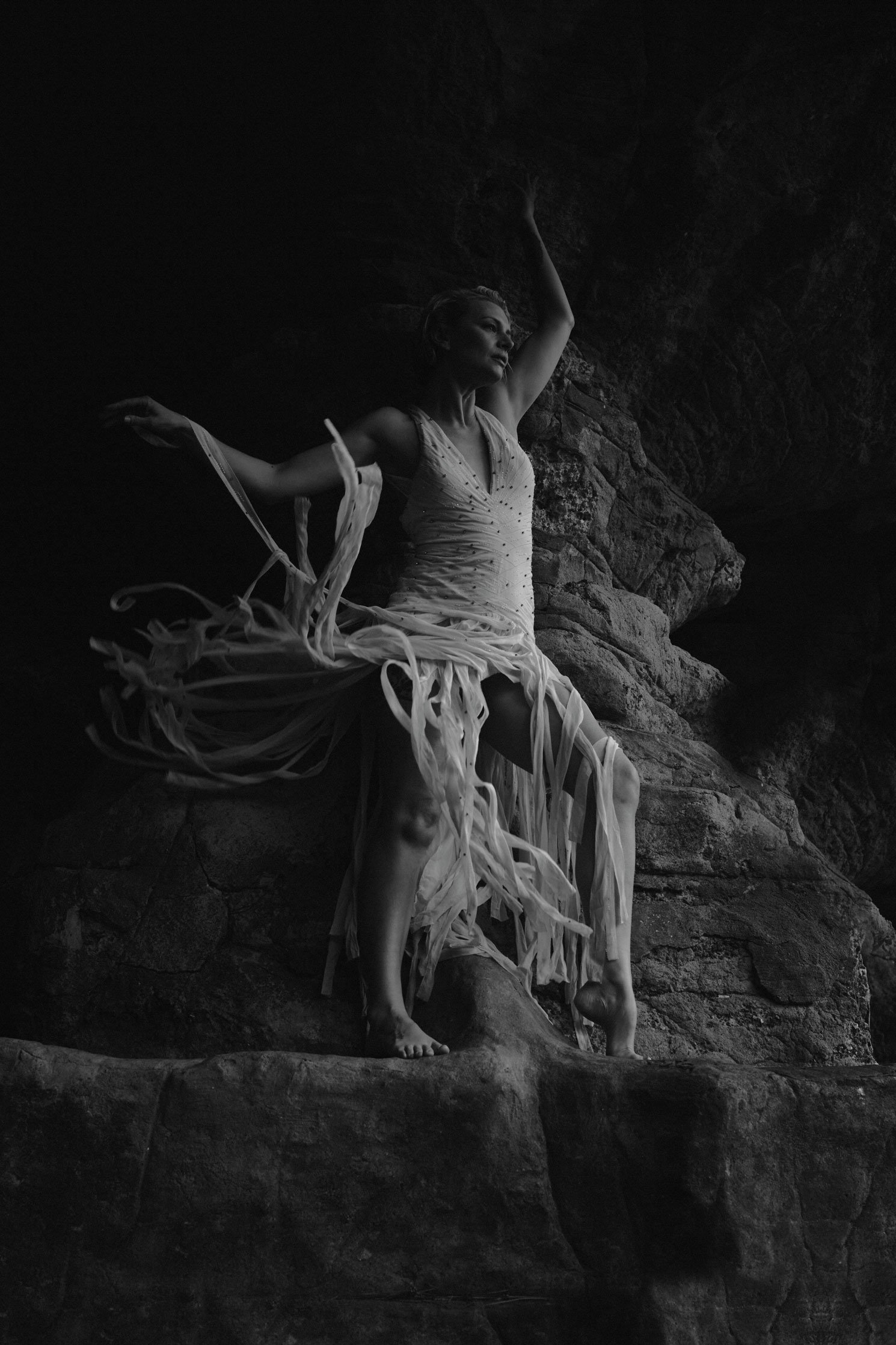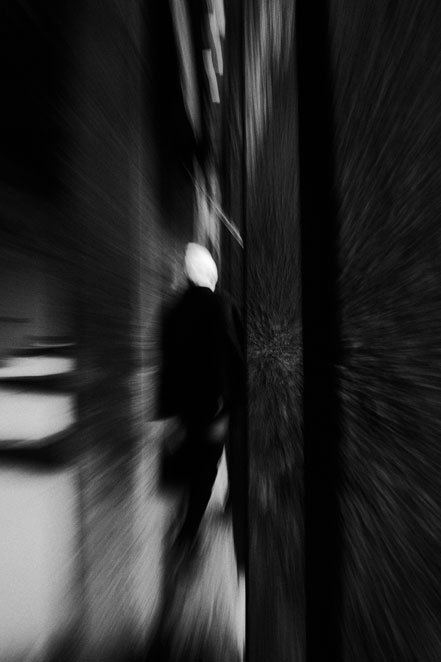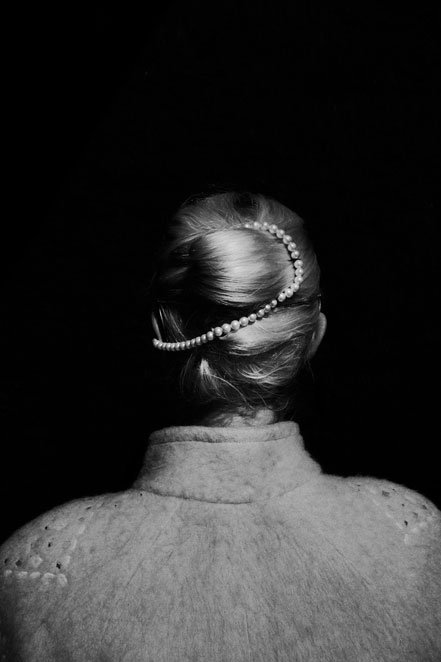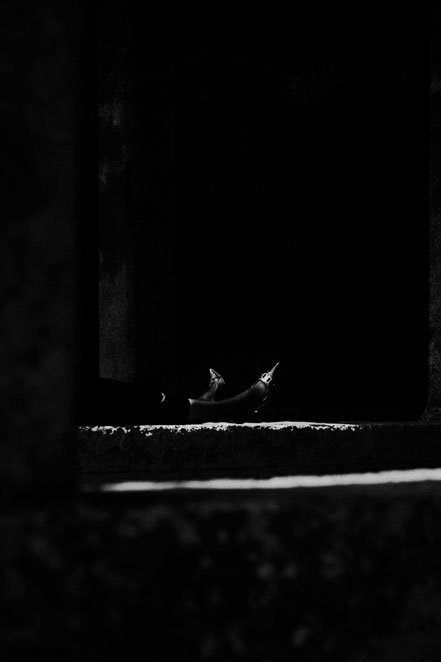LIGHT & DARK - Stefania Kossakowska
Inspired by Polish folklore and finding beauty in the shadows, Canterbury photographer Stefania Kossakowska reflects on her shoot style
“Each photographer gets influenced by light. I try to work with natural light and use it to my advantage, which is usually working with quite deep shadows and lots of contrast.”
Canterbury photographer Stefania Kossakowska (@stef_koss ) is looking for subdued colours, keeping her style very raw and organic. Shooting a lot on film (yes, the type that you develop), she is looking for natural elements, ruling out heavy lifting in post-shoot editing.
“The film camera allows you to shoot in medium format, which is I think quite tactile - it creates these almost paintings, it has a sort of grain to it. And there is something, as if you want to touch the physical element of it, rather than just see it on the screen.”
Her journey to shooting projects in Kent started in her native Poland, where her teacher parents encouraged a young Stef to be creative and to carry a camera everywhere she went, starting with a point-and-click on school trips at just six years old.
“I was always the kid who had a camera and was capturing all these moments I thought were valuable and for some reason I thought they were worth capturing and creating a history from it,” she says. “Later on, I got a digital camera and started approaching my friends and people from my local area to ask whether they would like to have their portraits taken. It has developed in the way of spending time but also creating connections with people and creating friendships.”





Stef’s aim is to capture beauty in all its forms, through both portraiture and still-life images.
“I’ve realised that we look in the mirror, but it’s never the true reflection of yourself, you never see the way you actually look,” she says. “By being able to see the beauty in people that maybe they cannot see, because of low self-esteem, or because of how we are expected to look, I’ve been able to capture it. And just finding the beauty became my goal. My ethos is to be very pure and natural, and I don’t edit my images much. I don’t retouch even blemishes - I try to preserve it but find that beauty within each of us that I think many of us struggle with.”
Moving to the UK to study photography, initially in Wales, Stef and her Kent-raised partner have since settled here, while working at Canterbury Christ Church University part-time has allowed the photographer to pursue her passion.
“I fell in love with the landscape,” she says. “I think rural life in Kent reminds me of my hometown in Poland, this kind of place where you go for nice walks in the countryside, you are surrounded by beautiful nature. And yeah, there’s some kind of resemblance so I feel at home here.”
The medieval architecture of Canterbury has also been an influence on Stef, who has volunteered in museums, churches and galleries in the city.
“The architecture is just so beautiful. And being able to live here is a thing of great privilege,” she says. “In Poland, we don’t have medieval buildings, or any dating back really far in history, so I think that’s also a big plus of living in Kent - being surrounded by this history and being able to look after it.”
HER NAME IS POLONIA
While a collaborative fashion project influenced by Alfred Hitchcock’s infamous horror film The Birds produced some of her most distinctive photos, Stef’s own project entitled Her Name is Polonia is the one of which she is most proud.
“There are lots of influences and symbolism derived from Polish folklore,” she explains.
“But also the reason I enjoyed it so much is because it helped me understand more what it means to be away from home and what it means to other people. And being in that position myself, I started questioning myself as a British resident or a Polish migrant.”
Advertising the project on Facebook, members of the Polish communities in the UK came forward to take part.
“I would go to strangers’ houses, to talk to them and take pictures of them - I think it was quite intimidating. But in the end there was a beautiful bond with these people who actually wanted to open up and they opened their homes for me and had that internal need to do so. And the images were not just my vision. So each image, although it has a very documentary-like style, I would ask the models to choose how they wanted to be portrayed.”
Each model chose an element from Polish symbolism to incorporate in the images.
“It was a beautiful collaboration,” says Steff. “Most of these people perhaps don’t have close contact with art and photography. So for them, it was something special as well.”
Stef will switch from film to digital cameras when on the faster-paced shoots, where models and directors want to see the outcome more immediately, but her preference remains in the slower, more relaxed environment.
“If I’m working on something where I can take my time, and maybe a more personal project, I much prefer working with film. I have a Bronica camera, where you get to look down through it rather than have the camera in your face,” explains Steff.
“This allows me to speak to my subjects and there is no barrier between us. And all of a sudden people tend to relax more because there is no intimidation that the camera causes. You’re taking a little bit of somebody's soul by taking pictures of them, in a way. So film, and especially that medium-format camera, allows me to stay connected to people as I’m taking pictures and talk to them to let them open up if they wish to.”
INFO: https://stefkoss.com/










